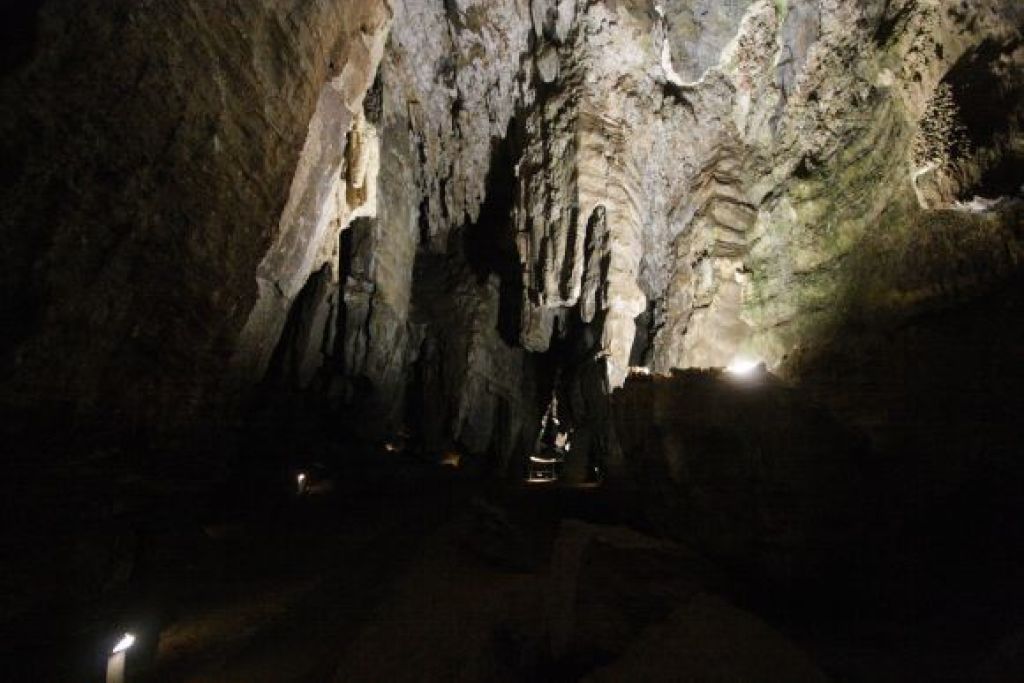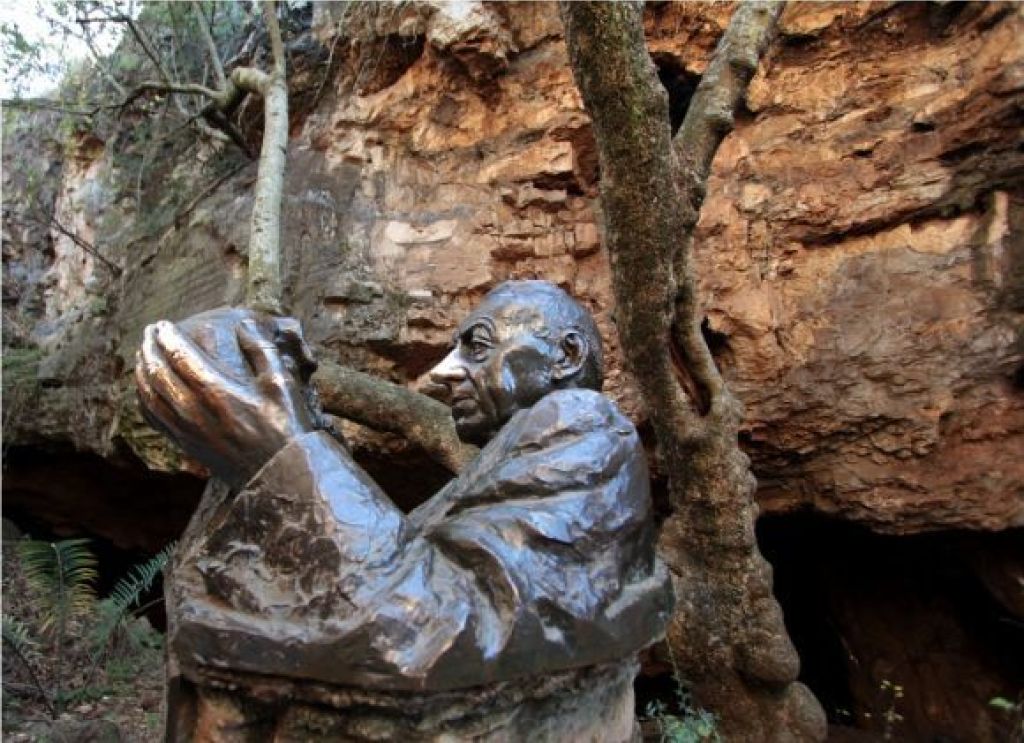Fossil sites in the Cradle of Humankind – Sterkfontein Caves
Around 40% of the world's known hominid fossils were unearthed in the Cradle of Humankind World Heritage Site, earning it UNESCO World Heritage Site status in 1999.
It is thanks to these fossil sites, in which the dolomitic conditions were just right for fossil preservation, that we have an understanding of humankind’s journey to humanity and the evolutionary trajectory that led us to where we are today.
In this series of blogs we profile a selection of sites within the Cradle and highlight the prominent finds made at each of these areas of discovery.
Sterkfontein Caves

This world-famous fossil site was originally “explored” by lime prospectors in the 1890s who, after coming across bits of preserved bone in chunks of mined limestone, brought the fossils to the attention of two scientists – Professor Raymond Dart and Dr Robert Broom.
It was only some 40 years later, in 1936, that the two began their excavations of Sterkfontein in earnest. That same year, following the discovery of the first adult australopithecine fossil, the site’s significance as a world heritage resource became apparent.
In 1947 Dr Broom found the almost complete skull of what he believed to be an adult female. The 2.1-million-year-old fossil became better known by its nickname, Mrs Ples, and is now defined as a member of Australopithecus africanus.
Some 50 years later the cave yielded yet another surprising find – a near-complete skeleton of a second species of Australopithecus, discovered by Ronald J Clarke. The skeleton was nicknamed Little Foot, since the first parts of the fossil found were the bones of a foot.
Excavations at Sterkfontein are ongoing. Fossil finds at the site now total about 500 hominids, making Sterkfontein one of the richest fossils resources in the world.

Do you have photos of the Cradle you’d like to share? Join our Flickr group!